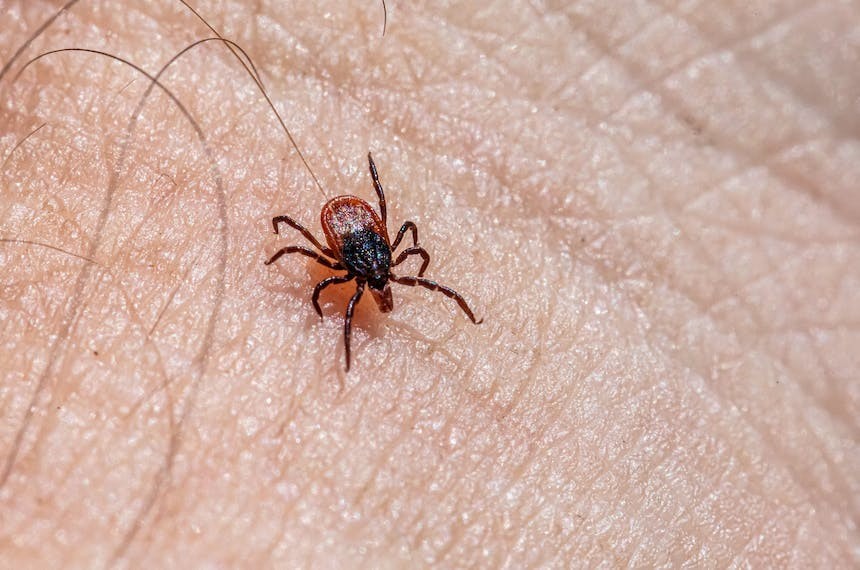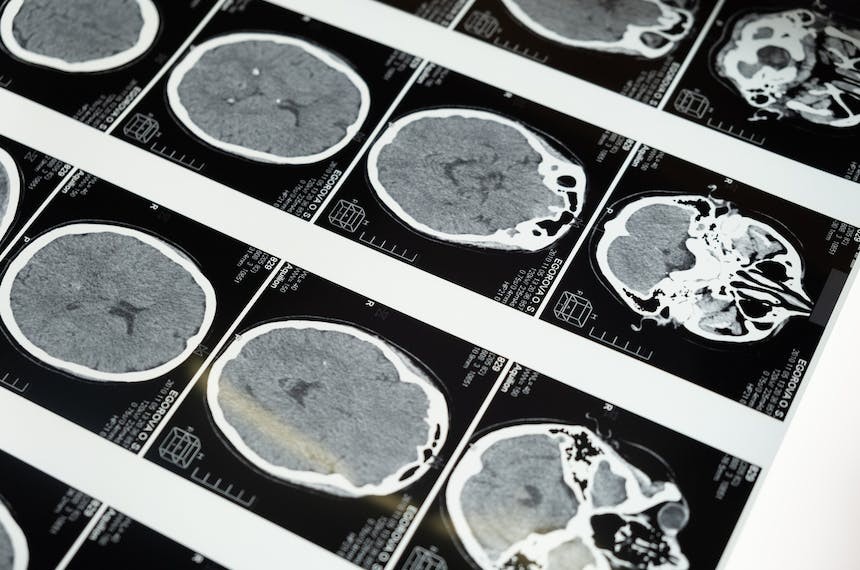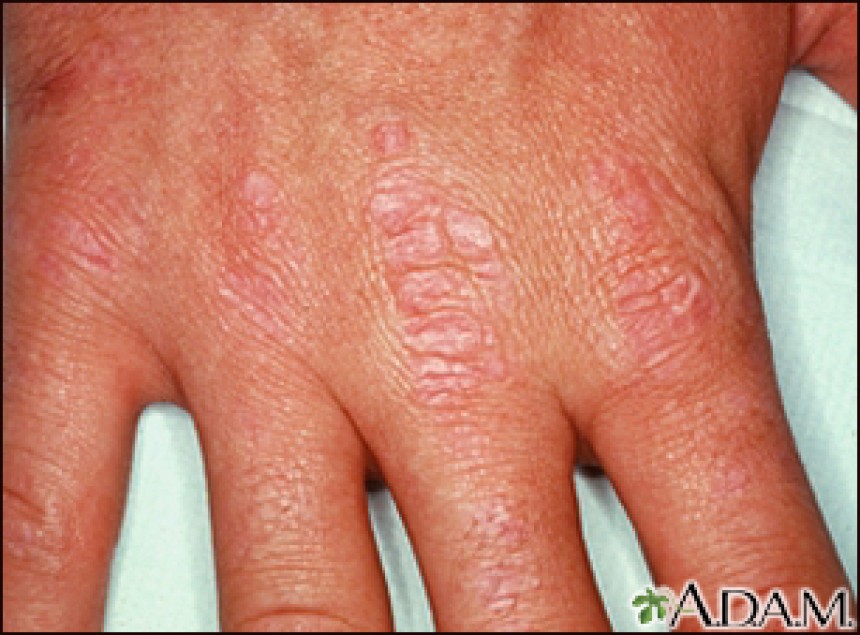
Lyme disease
Lyme disease can affect the nervous system, causing facial nerve palsy, meningitis, and radiculoneuritis. Diagnosis relies on positive Lyme serologies. Treatment varies based on the neurological manifestation. For facial palsy, oral doxycycline is common. Meningitis and radiculoneuritis may need intravenous antibiotics like ceftriaxone. Lack of response may have various causes and requires reevaluation. Prophylaxis with doxycycline is recommended for specific tick bite situations.
Lyme Disease Overview
Lyme disease is a tick-borne illness caused by Borrelia burgdorferi. The disease can manifest early or late, with symptoms including lymphocytic meningitis, cranial neuropathy, and radiculoneuritis. Late manifestations often involve arthritis and neurological issues. Diagnostic methods include two-tier Lyme serologies and cerebrospinal fluid Lyme antibodies testing. (1, 2, 3)
Treatment of Lyme Disease
- Facial Palsy: Oral doxycycline is the preferred treatment, with alternatives being amoxicillin and cefuroxime. The typical treatment duration is 14 days. Most patients recover spontaneously. (4)
- Other Acute Neurologic Disease: Doxycycline is used for meningitis and radiculoneuritis. IV therapy with ceftriaxone, penicillin G, or cefotaxime is indicated for encephalitis or inability to take doxycycline. Treatment duration ranges from 14 to 21 days. (5)
- Late Neurologic Disease: IV antibiotic therapy with ceftriaxone, penicillin G, or cefotaxime for 21-28 days is suggested for late-stage neurological involvement. (5)
Response to Treatment and Challenges
Non-response to standard antibiotic therapy can be due to incorrect diagnosis, coinfections, or permanent tissue damage. Post-Lyme disease symptoms are complex and require reevaluation rather than immediate retreatment. Further antibiotic therapy is considered only for active disease with objective findings. Some experts recommend a short course of oral doxycycline or amoxicillin to prevent late sequelae of Lyme disease. (6)
Prophylaxis Post-Tick Bite
Prophylaxis is recommended following an Ixodes tick bite in endemic areas or if the tick has been attached for ≥36 hours. The prophylactic treatment is a single dose of oral doxycycline. (7)
References
1-Stanek G, Wormser GP, Gray J, Strle F. Lyme borreliosis. Lancet 2012;
379:461.
2- Fingerle V, Schulte-Spechtel UC, Ruzic-Sabljic E, Leonhard S, Hofmann H, Weber K, Pfister K, Strle F, Wilske B. Epidemiological aspects and molecular characterization of Borrelia burgdorferi s.l. from southern Germany with special respect to the new species Borrelia spielmanii sp. nov. Int J Med Microbiol. 2008 Apr;298(3-4):279–290. doi: 10.1016/j.ijmm.2007.05.002.
3- Margos G, Vollmer SA, Cornet M, Garnier M, Fingerle V, Wilske B, Bormane A, Vitorino L, Collares-Pereira M, Drancourt M, Kurtenbach K. A new Borrelia species defined by multilocus sequence analysis of housekeeping genes. Appl Environ Microbiol. 2009 Aug;75(16):5410–5416. doi: 10.1128/AEM.00116-09.
4- Dersch R, Hottenrott T, Schmidt S, Sommer H, Huppertz HI, Rauer S, Meerpohl JJ. Efficacy and safety of pharmacological treatments for Lyme neuroborreliosis in children: a systematic review. BMC Neurol. 2016 Sep;16(1):189. doi: 10.1186/s12883-016-0708-y.
5-Ljøstad U, Skogvoll E, Eikeland R, et al. Oral doxycycline versus intravenous ceftriaxone for European Lyme neuroborreliosis: a multicentre, non-inferiority, double-blind, randomised trial. Lancet Neurol 2008; 7:690.
6-Haddad E, Chabane K, Jaureguiberry S, et al. Holistic Approach in Patients With Presumed Lyme Borreliosis Leads to Less Than 10% of Confirmation and More Than 80% of Antibiotic Failures. Clin Infect Dis 2019; 68:2060.
7-Wormser GP, Dattwyler RJ, Shapiro ED, et al. The clinical assessment, treatment, and prevention of lyme disease, human granulocytic anaplasmosis, and babesiosis: clinical practice guidelines by the Infectious Diseases Society of America. Clin Infect Dis 2006; 43:1089.





